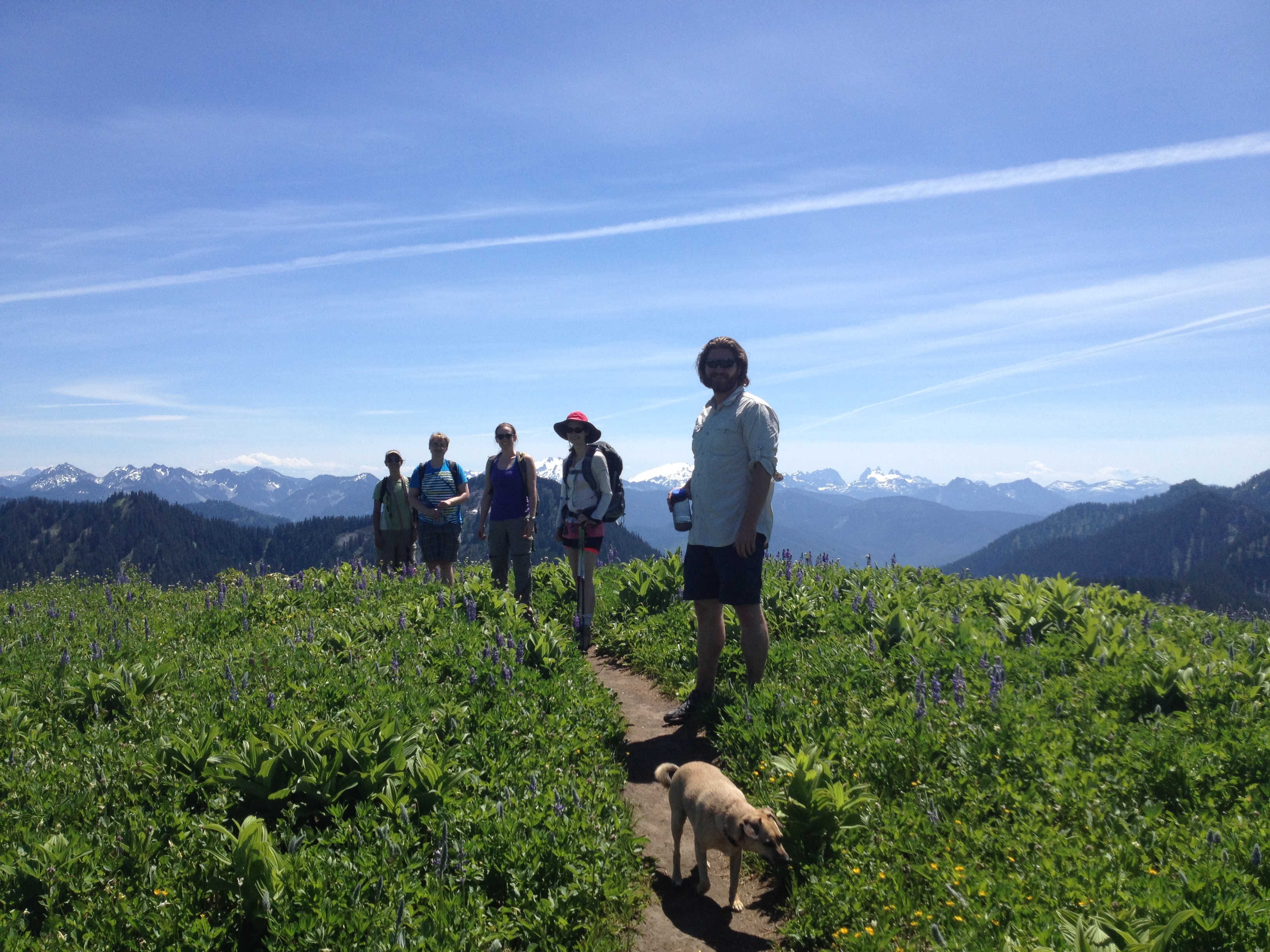Information for Prospective Students

Letter to prospective graduate students
I have a generally do not to speak to candidates on the phone or zoom in advance of the admissions process. If you aren’t able to find answers to your questions from the information below or on our lab webpage I can answer limited questions over email. A fair warning, I’m pretty slow at email right now so thank you for your patience.
In our lab we use numerical modeling of photosynthesis, ecosystem dynamics, carbon cycling, atmospheric dynamics and the interactions among them to outline and quantify the two-way interactions between ecosystems and climate. This includes the use of global general circulation models of the atmosphere, terrestrial ecosystem models, crop models, ecodemographic models representing size and age structure in addition to leaf level photosynthetic behavior, and simple box models of the carbon cycle. In addition to numerical models we utilize data from the site-level, the stand-level, regional networks and satellites. We typically do not do our own field data collection within the lab, although this could potentially be done in collaboration with others.
I have current projects looking at several aspects of vegetation-climate interactions. Upcoming opportunities include looking at plant characteristics and management choices to help sustain yield of agricultural crops under future climate, and considering how plant responses to a changing climate will alter hydrological cycling. I’m also open to starting new projects investigating the ecosystem-climate system, or the ecoclimate, tailored to student’s interests. I am likely to recruit at least one PhD student to join the lab in Autumn 2023, however each year the projects in our lab and available funding changes and I won’t have full information to make final decisions until later in the application cycle.
I also highly encourage students to apply for external fellowships - such as the NSF Graduate Research Fellowship, DOE Computational Graduate Science Fellowship, or Hertz Fellowship. These funding opportunities will help you solidify your research goals and, if successful, give you greater freedom and flexibility during your graduate career.
I accept PhD students through both the Department of Atmospheric Sciences and the Department of Biology at the University of Washington. They have slightly different application requirements and deadlines as well as programs of study. If you aren’t sure which department you might be interested in take a look at both graduate programs ( Atmospheric Sciences program, Biology program). The programs in the two departments are quite different, even if the research could be very similar or the same! In Atmospheric Sciences there is about a year and a half of coursework that covers many aspects of the discipline, and it is reasonably math and physics intensive. The Biology department on the other hand does not have specific course requirements, although there are suggestions for each student on how to round out their Biology knowledge given their background experience. The choice between the two departments should also relate to which degree you wish to have when finished with a PhD. If you have further questions about the programs of study you can contact the respective graduate program coordinators:
Biology: Prof. Takato Imaizumi
Atmospheric Sciences: Jennifer Siembor